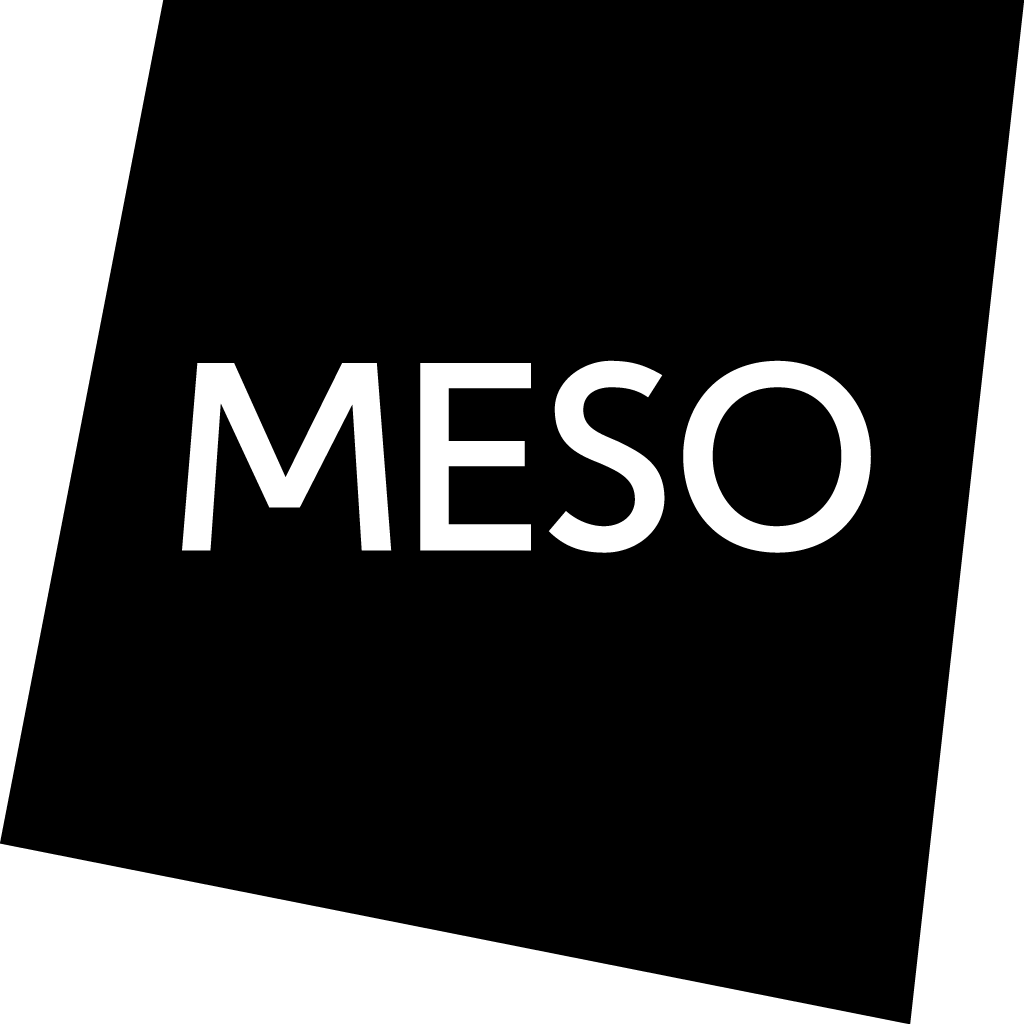Sound of the Squares - Sound Lab
Oschatz / Wolf / Wollin
Gutleutstraße 96
60329 Frankfurt am Main
++49 69 2 40 00 30
digitalinteriors@meso.net
Related Entities
- Project: Sound of the Squares - Sound Lab
- Date: April 2007 - February 2008
- Client: Stadtmarketing Mannheim GmbH
- Contractor: Atelier Markgraph
- Location: Mannheim, Berlin, Cologne, Hamburg, Munich
- Tasks: interaction design, systems design, audio consulting
To celebrate Mannheim´s 400th anniversary and to promote the city of Mannheim in Germany Stadtmarketing Mannheim GmbH sent an oversized multimedia cube across Germany’s major cities. Within a base area about 64 sqm and surroundings about 400 sqm the public was invited to explore Mannheims Anniversary theme “see – hear – create”. During the summer of 2008 the lab was installed at the Landesmuseum für Technik und Arbeit Mannheim as part of the exhibition “Macht Musik!”. Now it found a permanent home in the Rock´n´Popmuseum in Gronau
Technical highlight of the Sound of the Squares was the hands-on public Sound Lab. Here visitors were invited to create their own version of Mannheim´s Anniversary Song “MEINE WELT” that could also be downloaded from www.klangderquadrate.de.
The overall concept and communication design of the installation was developed by Atelier Markgraph, the interaction- and systems design as well as implementation was done by MESO Digital Interiors. Our client Atelier Markgraph was awarded the following prizes for Sound of the Squares:
Awards
- Gold (Yellow Pencil), D&AD Awards 2008, Category “Environmental Design”
- Gold, ADC Deutschland 2008, Category “Events”
- Gold, ADC of Europe 2008, Category “Environmental Design”
- Gold, The International Advertising Cup, Category “Best of Media / Installation”
- iF communication design 2008
- Bronze, EVA Award 2008, Category “Public Events”
- Finalist, Cannes Lions 2008, Category “Design”
- Special Price, ITVA Award 2007
- Nominated for the Designpreis der Bundesrepublik Deutschland 2009
- Nominated for the PR Report Award 2008
The concept of the Sound Lab was based on two different kinds of handy cubes, sample cubes and record cubes, and three working zones:
Library
The library consisted of about 80 different sound samples from Mannheim artists, field recordings and various remixes of the Mannheim Song. At the library station visitors could do a pre-selection for their individual sound mixes.
Rotating Sequencer
The rotating Sequencer was used to create individual sound samples (e.g. drums or guitar) by placing a cube on a circle. The circle was constantly scanned by radar. When the radar crossed the cube, the sound recorded on it was played. Because the inner circle of the was more often scanned than the outer one it was possible to create complex sound compositions. Additionally users could play their own individual sounds with the help of two microphones and record them on record cubes.
Mixing Zone
At the mixing zone the sample cubes from the library could be combined with the individual sound creations recorded on the record cubes with the help of four different audio tracks. Every audio track offered different possibilities to combine and alienate the sounds from the cubes. After finishing the remix the individual final version of the Mannheim-Song was again recorded and automatically uploaded onto the web server.
Implementation
To identify the sample and record cubes each of the 10.000 cubes was marked with an own bar code readable by ordinary bar code scanners. A central processor, linked with all stations, was installed to administrate the information contained in the cubes.
The three stations of the Sound Lab were operated by eight computers and equipped with capacitive and optic touch screens working as user interfaces.
Because every work station was based on the graphic programming language VVVV, it was possible to create an customized software for Sound of the Squares. This software navigated all graphic user interfaces and background processes at the same time, e.g. all individual song records were automatically converted into MP3 and uploaded onto the external web server. The programming language MAX/MSP was used for the audio signal processing and communicates with VVVV via OSC (Open Sound Control).
Further information
www.klangderquadrate.de
www.stadtmarketing-mannheim.de
The MESO team: Sebastian Oschatz, David Dessens, Ingolf Heinsch, Sebastian Weiss, Iven Schmidt, Jörg Obenauer
